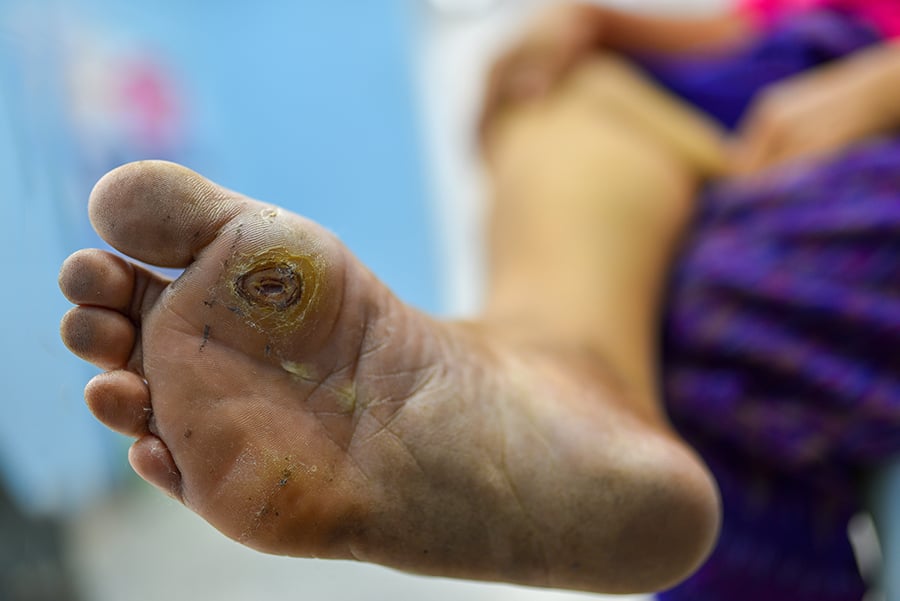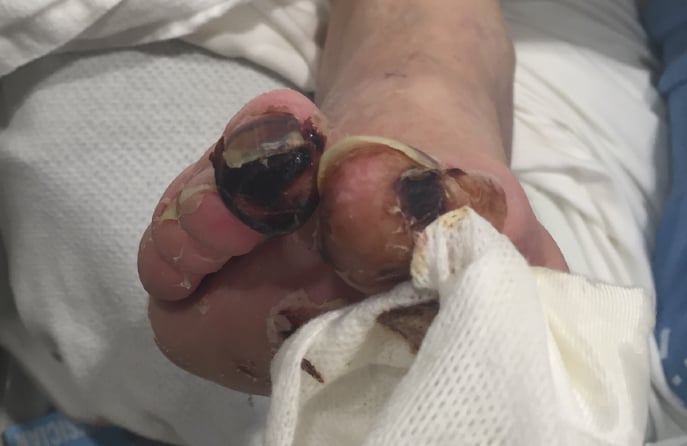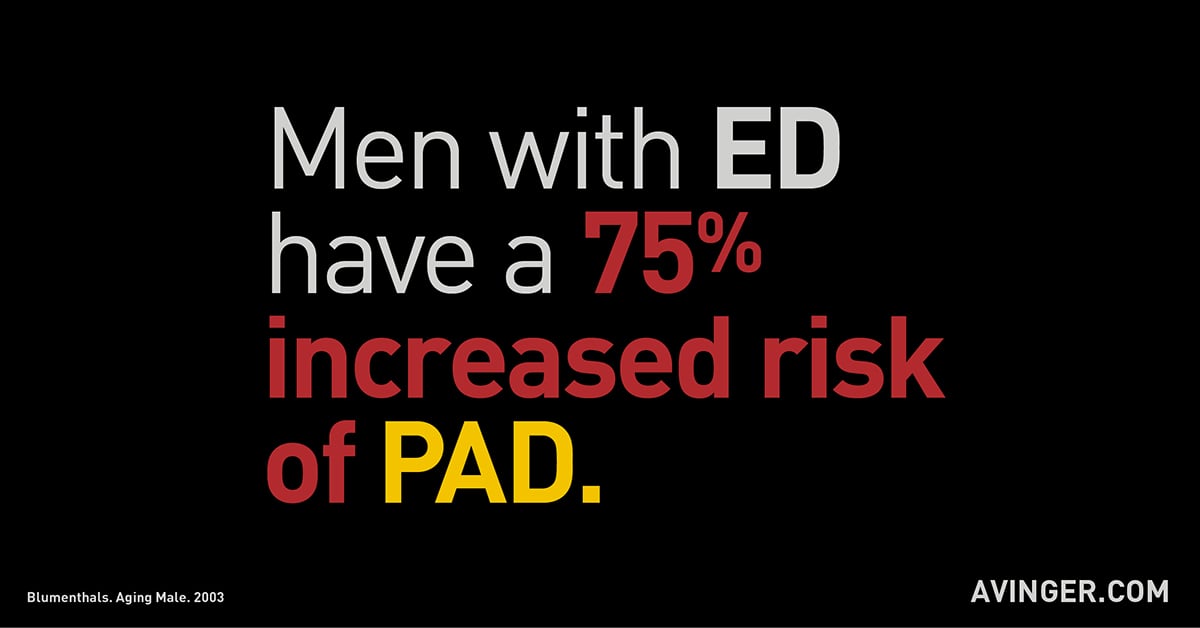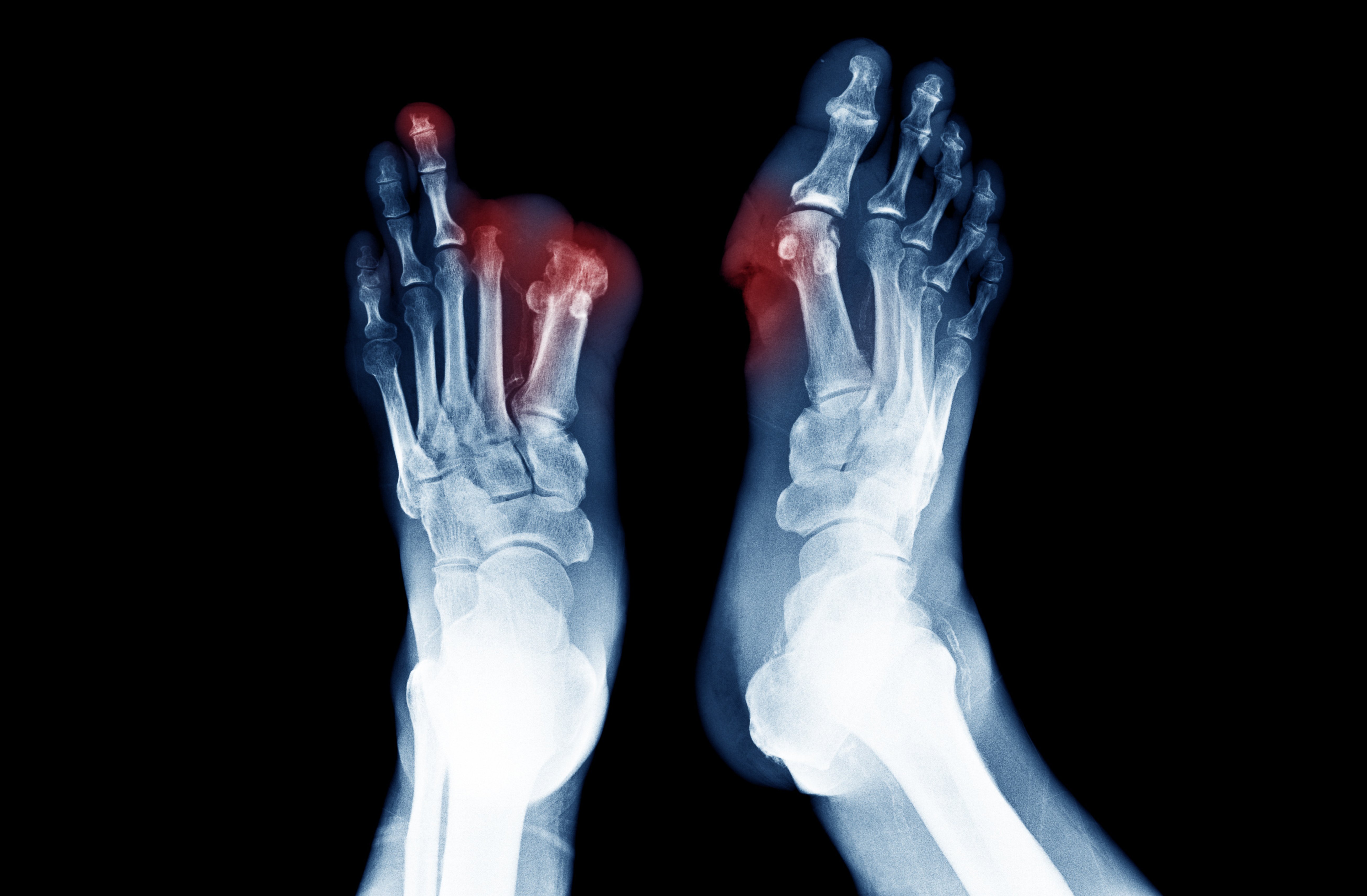Topics: Peripheral Artery Disease, Diabetes, Cardiovascular, Women
Women are most affected by the vascular complications of diabetes - a situation likely to escalate in the coming decades, reports an article published in the European Journal of Preventive Cardiology.1
Globally, there are more deaths due to diabetes in women than in men (2.1 versus 1.8 million annually) - this excess risk is mainly due to the higher risk of cardiovascular death in women.
"Diabetes set to skyrocket: 629 million patients globally by 2040"
Peripheral Artery Disease (PAD) is the most common initial manifestation of cardiovascular disease in patients with type 2 diabetes. Its prevalence is 1.8-fold higher in women compared to men.
Cardiovascular disease occurs 15 years earlier in patients with diabetes and is the main cause of morbidity and mortality. In women, the links between diabetes and Peripheral Artery Disease are particularly potent.
Diabetes set to skyrocket: 629 million patients globally by 2040 with PAD playing a central role.
In both women and men, a healthy lifestyle is the cornerstone to preventing diabetes; once people have diabetes, it is fundamental to stop the cardiovascular complications.

What are the first steps to treating Peripheral Artery Disease and Diabetes?
The European Society of Cardiology diabetes guidelines advise patients with diabetes and pre-diabetes to:2
- Quit smoking.
- Reduce calorie intake to lower excessive body weight.
- Adopt a Mediterranean diet supplemented with olive oil and/or nuts to lower the risk of cardiovascular events.
- Avoid alcohol.
- Do moderate-to-vigorous physical activity (a combination of aerobic and resistance exercises) at least 150 minutes per week to prevent/control diabetes - unless contraindicated, such as in patients with severe comorbidities or limited life expectancy.
Why pay attention to your feet?
In both women and men with diabetes, PAD often affects the arteries below the knee and may manifest in symptoms in the feet. Non-healing wounds can become infected. This is called “diabetic foot”. About half of people who develop diabetic foot ulcers will also have PAD.3 Diabetic foot is a serious condition which may lead to amputation in its most severe form.

Why Restoring Blood Flow is Important in Diabetes and Peripheral Artery Disease
Revascularization, such as Lumivascular Pantheris Atherectomy, is a procedure which attempts to restore healthy blood flow to the arteries in the leg and foot to prevent amputation of the limb or extremities.
Although women with PAD have greater functional impairment than men with PAD, women may be less likely to undergo lower extremity revascularization than men.4 Before a major amputation is undertaken, revascularization should always be considered and discussed preferably by a multidisciplinary diabetic foot team.4 If you do not have a specialist, you can find one here.
Take Action:
- Patient Story: Watch how Gabrielle overcame symptoms of PAD
- Learn more about Lumivascular atherectomy and Pantheris device
- Find a Lumivascular doctor in your area
Related Articles:
- 14 Fast Facts About Diabetic Foot Disease and Peripheral Artery Disease
- Diabetes and Peripheral Artery Disease
If you have found this article helpful, please don’t forget to share!
References:
- Dal Canto, et al. Diabetes as a cardiovascular risk factor: An overview of global trends of macro and micro vascular complications. European Journal of Preventive Cardiology. Eur J Prev Cardiol. 2019
- Cosentino, et al. 2019 ESC Guidelines on diabetes, pre-diabetes, and cardiovascular diseases developed in collaboration with the EASD. Eur Heart J. 2019
- Wukich, et al. Patients With Diabetic Foot Disease Fear Major Lower-Extremity Amputation More Than Death. Foot Ankle Spec. 2018 Feb;11(1):17-21
- Feinglass, et al. Gender differences in interventional management of peripheral vascular disease: evidence from a blood flow laboratory population. Ann Vasc Surg. 1994; 8:343–349







